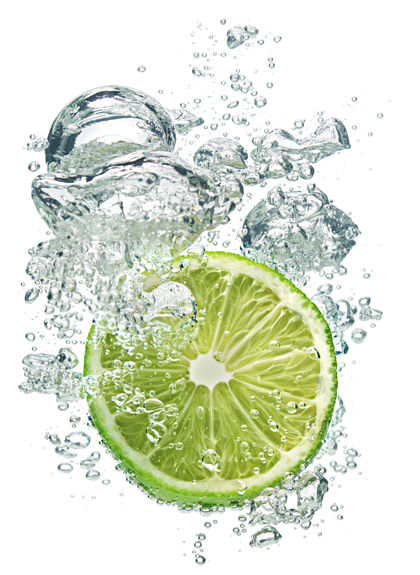ACIDS AND BASES

The name "acid" calls to mind vivid sensory images—of tartness, for instance, if the acid in question is meant for human consumption, as with the citric acid in lemons. On the other hand, the thought of laboratory-and industrial-strength substances with scary-sounding names, such as sulfuric acid or hydrofluoric acid, carries with it other ideas—of acids that are capable of destroying materials, including human flesh. The name "base," by contrast, is not widely known in its chemical sense, and even when the older term of "alkali" is used, the sense-impressions produced by the word tend not to be as vivid as those generated by the thought of "acid." In their industrial applications, bases too can be highly powerful. As with acids, they have many household uses, in substances such as baking soda or oven cleaners. From a taste standpoint, (as anyone who has ever brushed his or her teeth with baking soda knows), bases are bitter rather than sour. How do we know when something is an acid or a base? Acid-base indicators, such as litmus paper and other materials for testing pH, offer a means of judging these qualities in various substances. However, there are larger structural definitions of the two concepts, which evolved in three stages during the late nineteenth and early twentieth centuries, that provide a more solid theoretical underpinning to the understanding of acids and bases.